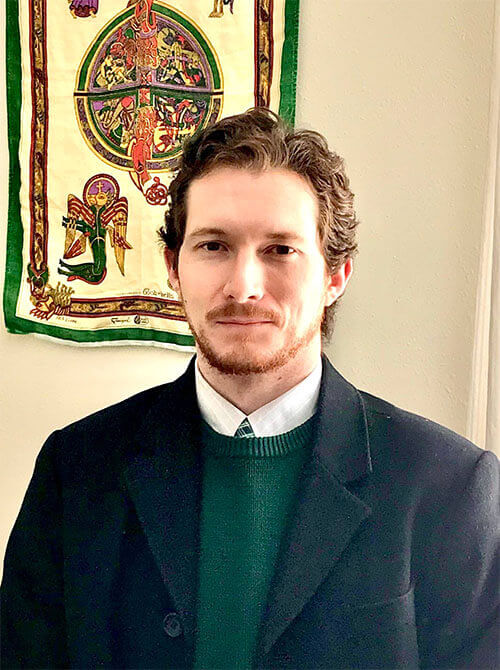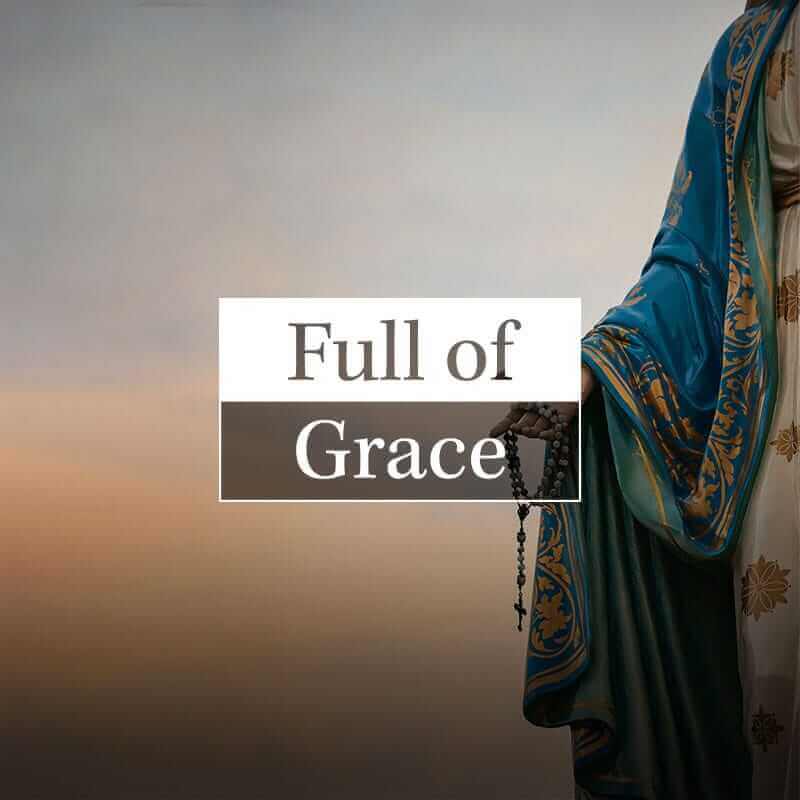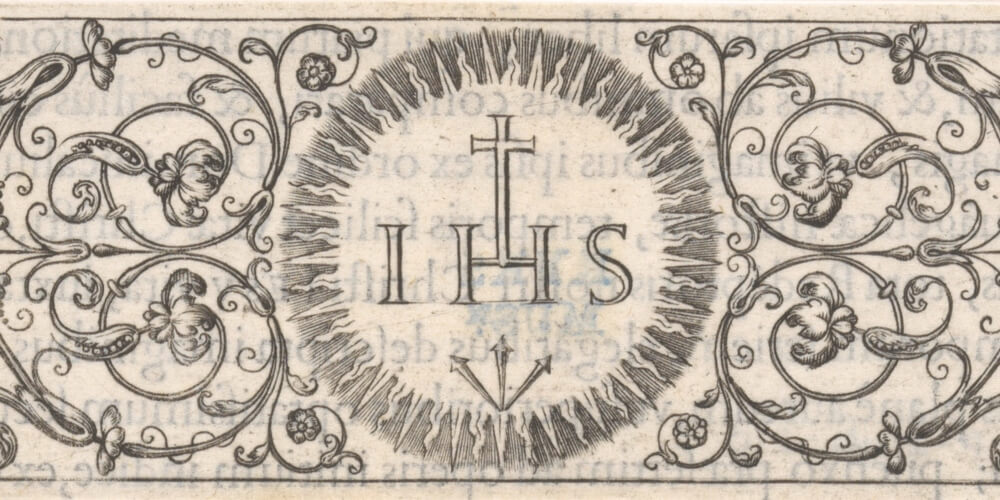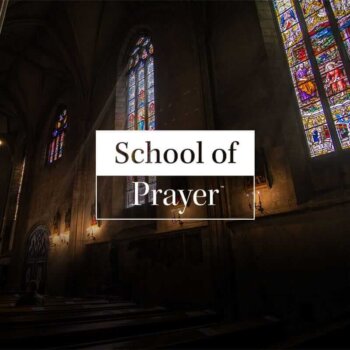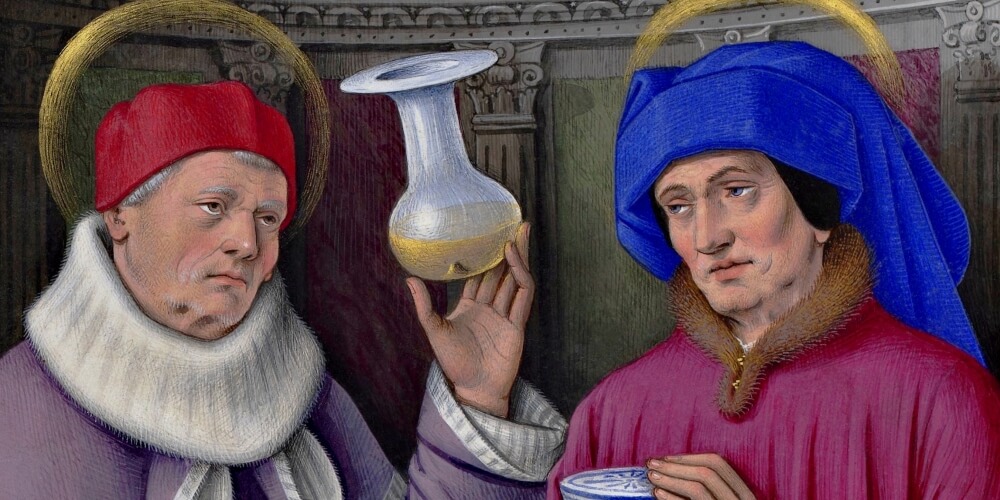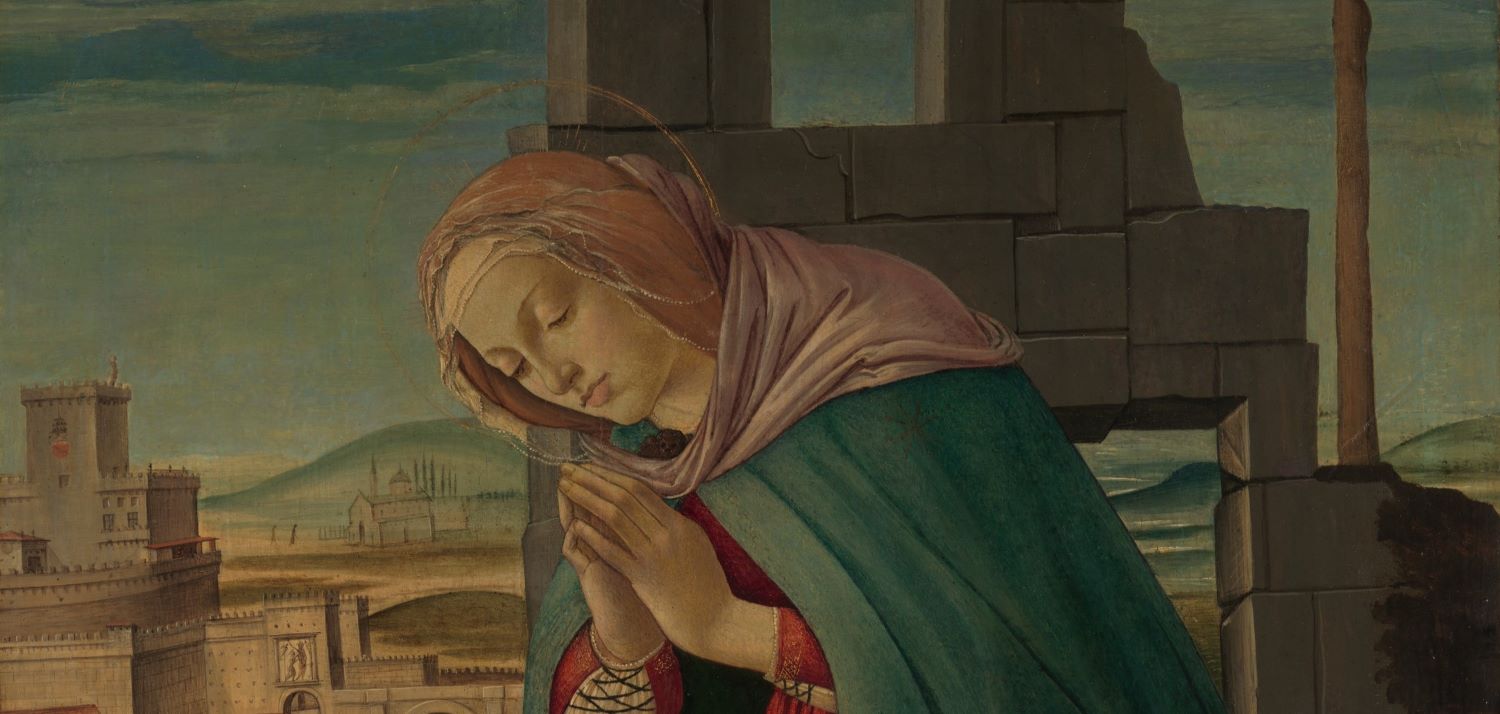
Gerard Manley Hopkins writes in his poem The May Magnificat that “May is Mary’s month…”
While May uncontestedly takes first place on the calendar in regards to the Blessed Virgin, at least as far as Church feasts are concerned, September might challenge it for a close second. During the ninth month, as summer gives way to autumn, the harvest is gathered, the light changes, and nature beckons us from our busyness to contemplation and reflection, no less than three great feasts of Mary arrive.

The General Roman calendar marks these three special feasts dedicated to the Mother of God: the Nativity of the Blessed Virgin (also known as Marymas) on September 8th, the Most Holy Name of Mary on the 12th, and Our Lady of Sorrows on the 15th.
All three of these momentous days enter the year with their own singular history, traditions, and devotions, and each occasion is capable of contributing several unique chapters within the salvation story. These celebrations of our Queen offer special graces to assist us in our journey towards eternity; each also unveils a different facet of the crown jewel of God’s creation: Mary, the most mysterious woman in the world.
All twelve months of the year set aside special days in Our Lady’s honor, and yet it seems we know so little about her. She has been featured in the arts more than any other woman in history and still she manages to remain quite hidden. Few occasions emphasize this curious fact better than the first of the September Marian feasts, that of her birth.
Earthly Birthdays—Occasions Only Rarely Marked
Mary’s nativity is one of only three birthdays recognized by the Church, the others being the nativity of John the Baptist and, of course, the nativity of Jesus.
Typically, Catholicism celebrates the death of a saint because it marks the rebirth of their soul into eternal life, a new life with God. However, in the case of Mary, John, and Our Lord, they entered this world already free from sin. Christ was forever sinless, Mary was divinely exempted from original sin in her Immaculate Conception, and John the Baptist was sanctified in his mother’s womb at the Visitation.
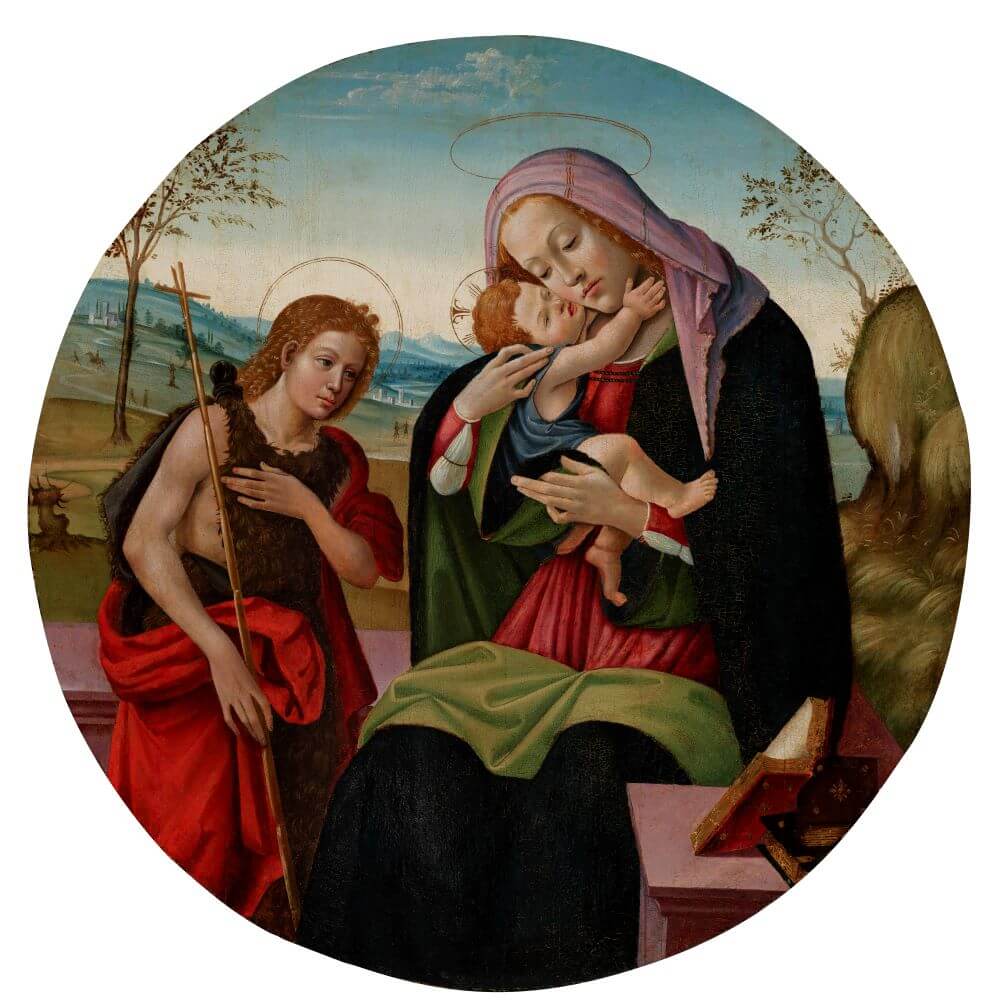
Circle of Botticelli
photo courtesy of the Indianapolis Museum of Art at Newfields
Now, Christ’s birth is well-documented in Scripture by the evangelists Matthew and Luke. It was also St. Luke who recorded the nativity of John the Baptist. But what does the Bible tell us about Mary’s birthday?
Nothing! Again, the woman whom Sacred Scripture vividly describes as being “clothed with the sun, with the moon at her feet and a crown of twelve stars on her head” somehow still remains veiled in mystery.
The Church offers no authoritative teachings about the nativity of Mary and, despite being a feast of huge significance, the 8th of September is probably the most overlooked birthday in all the seasons of the year. Christmas boasts of bedecked evergreens, lighted houses, and the exchanging of gifts. The Baptist’s nativity is commemorated with three Masses, just like Christmas, and the lighting of great bonfires.
But where are the celebrations and ceremonies honoring the Co-redemptrix, the Queen of Heaven, the Bearer of God—Theotokos?
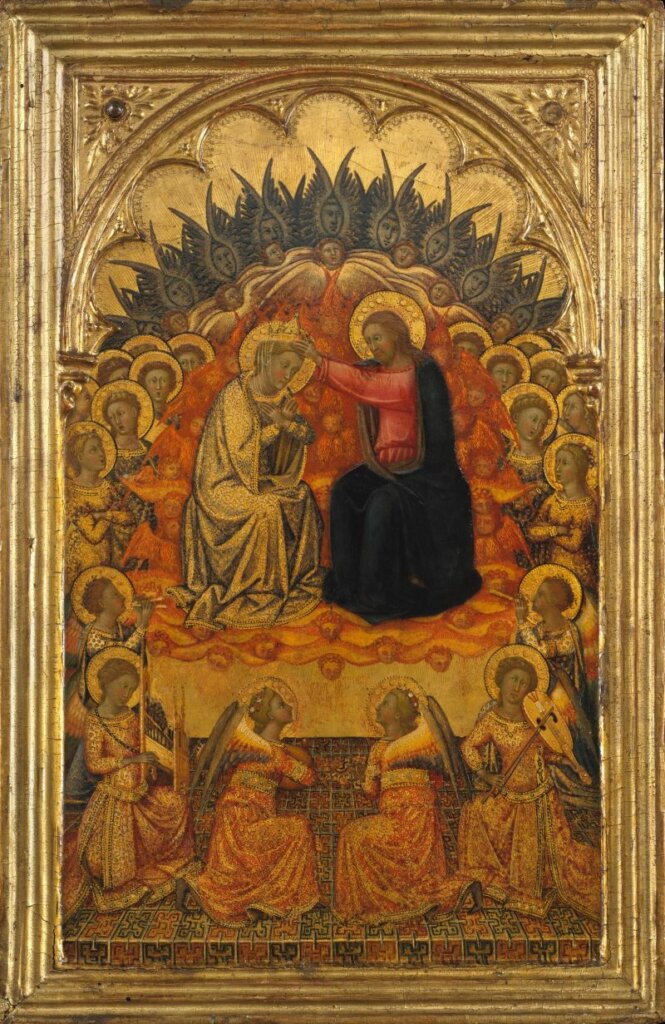
Niccolò di Buonaccorso
While Our Lady certainly deserves the best in the way of honor and pomp, perhaps it is fitting, in a way, that the birth of the Virgin, who wanted nothing for herself except to serve God in perfect humility, should be remembered in a quiet and simple way. The entire purpose of Mary’s existence was dedicated to reflecting her Saviour; she is God’s perfect mirror, “speculum…Dei majestatis” (Wisdom 7:26).
Even in her well-known apparitions at Lourdes, Fatima, Guadalupe, and countless other sites throughout time, God’s Handmaid never fully revealed herself, choosing rather to adopt the garb and appearance of her children and the nation she was ministering to.
So what can we know about the nativity of our mysterious Mother?
The Development of the Devotion
Historically, as is often the case with Catholic feasts, the birth of Mary appears to have been officially observed in the Eastern Church earlier than in the Roman Rite. While the oldest known written proof that the Church in the West celebrated Mary’s nativity dates back to a hymn written in the sixth century, legend suggests that Catholics marked this momentous occasion as early as 430 A.D.
The story goes that St. Maurilius, bishop of Angers, France, initiated the devotion in response to a revelation disclosed to him by a hermit who, on the night of September 8th, heard angels singing joyfully. Inquiring about the occasion of their heavenly jubilation, the man was informed that they sang because it was the night of the Virgin’s birth.
In 1243 A.D., Pope Innocent IV elevated the feast to an Octave and it remained a Holy Day of Obligation until 1778.
The Revelations of the Mystics
One of the few sources of information we have regarding Our Lady’s infancy and childhood are the private revelations of the Catholic mystics. The visions of the mystics cannot claim undisputed authenticity—they are not part of the deposit of faith and we are not required to believe them. However, they are permitted for personal edification and the cultivation of sanctification.
Several visionaries have reported revelations concerning the Blessed Virgin, including Sr. Anne Catherine Emmerich, Sr. Mary of Agreda, and St. Bridget of Sweden.
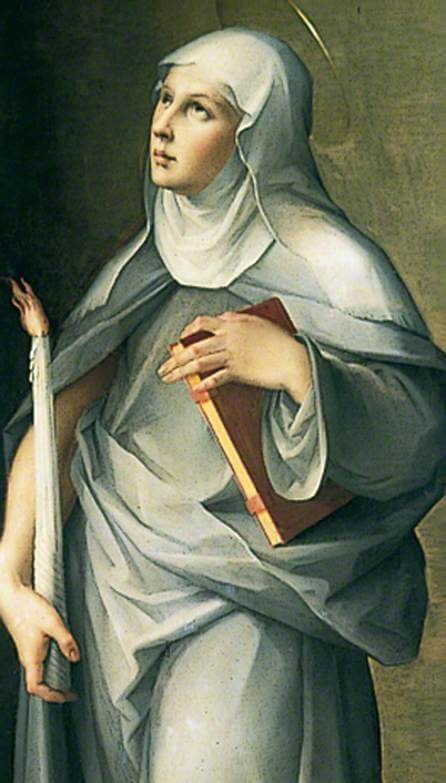
Tommaso Manzuoli
photo courtesy of the York Museums Trust
Indeed, St. Bridget has authored several edifying testimonies relevant to the Marian feasts of September. While she did not initiate the devotion to Our Lady of Sorrows (September 15th), she did much to promulgate its practice, receiving from Our Holy Mother the promise of seven graces that she would grant to all who meditate on her seven Sorrows while praying seven Hail Marys.
Regarding the Most Holy Name of Mary (September 12th), St. Bridget discloses the power and grace behind the Blessed Mother’s earthly title:
“Hear now how much my Son honored my name! My name is Mary, as it is said in the Gospel. When the angels hear this name, they rejoice in their mind and thank God for the great mercy that he worked through me and with me and because they see my Son’s Humanity glorified in his Divinity. Those within the fire of purgatory rejoice exceedingly, just like a sick and bedridden man does if he receives a word of comfort that pleases his soul: he is suddenly overjoyed! When the good angels hear my name, they immediately move closer to the righteous for whom they are guardians, and rejoice over their progress in good deeds and virtues…All the demons, however, shudder with fear at the name of Mary! When they hear the name, “Mary”, they immediately release a soul out of the claws with which they had held her.”
The Prophecies and Revelations of Saint Bridget of Sweden, Book 1, Ch. 9
While St. Bridget does make mention of Mary’s birth in her visions, she sheds little light on the event itself, although her description of Mary’s virtues and purpose is indeed beautiful:
When Mary was born, she was like a new lamp, all ready to be lit; to be lit by God with a light burning like the three-fold flame of his own love. The first flame of her love was her choice, for God’s glory, to be ever a virgin. So pleasing was this to the Father that he willed to entrust to her his beloved Son, that Son who is inseparable from the Divinity of himself and the Holy Spirit. The second flame of her love was her humility, so pleasing to the Son that he willed to take from her a true human body, and that humanity which was destined to be honoured in heaven above all things. The third flame of her love was her obedience, which brought to her from the Holy Spirit the fullness of grace. It is true that these flames of Mary’s love were not lit at the moment of her birth. She was still, as other children, only a little one, unaware of God’s will. Yet God took more pleasure in her than in all other beings. She was like a sweet-sounding harp, not yet in tune; but he whose treasure she was knew how lovely the music he would make with her.
The Prophecies and Revelations of Saint Bridget of Sweden, Book 11, Ch. 12
Thus, even here, among some of the greatest visionaries of the Church, the account regarding the nativity of Mary is encircled by silence, obscurity, and modesty. In terms of an artistic drama, scientific proof, or historical evidence, there is again, nothing! The Vessel of God appears to be transparent.
But is this not the Blessed Virgin’s motif?
A Nature of Perfect Humility
Mary shows no qualities or characteristics that can be called her own, except for her entire cooperation with God’s design. We only know of her through her inextricable and marvelous relation with the Holy Trinity, and even after her Assumption into eternal glory, she still does not permit herself to be seen without directly glorifying her God.
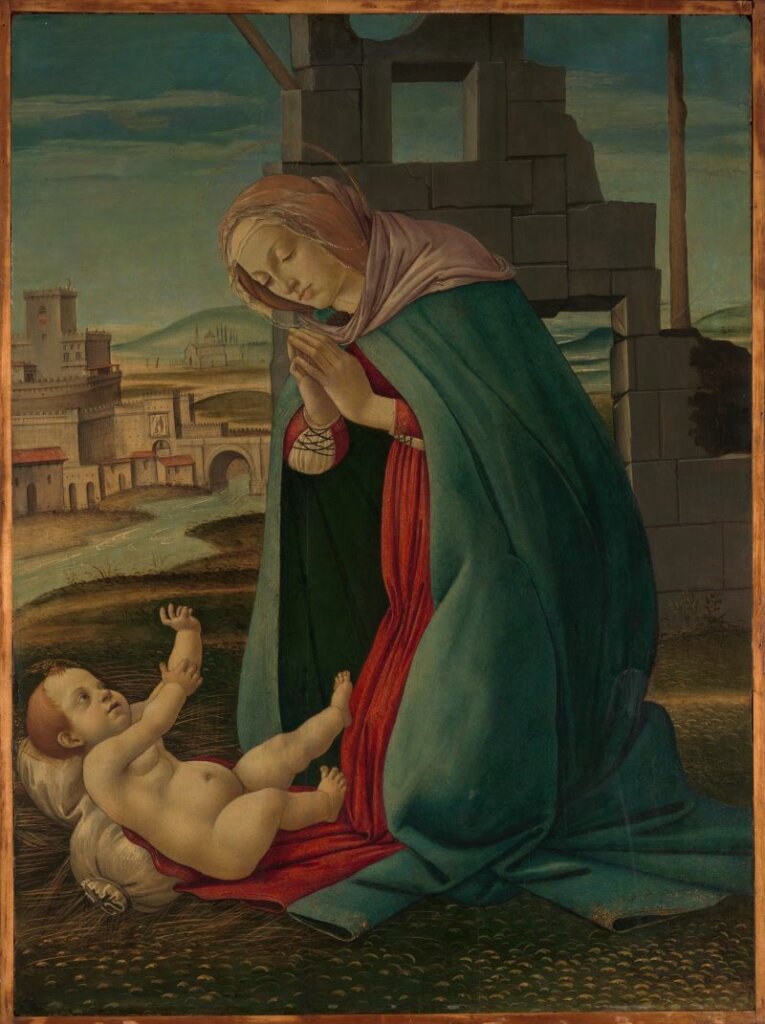
Workshop of Botticelli
Disappointing as it may be to us mortals who proudly cling to perceptible and intelligible fact, the Handmaid of the Lord remains remarkably and appropriately consistent, for she lives now as she did on earth—simply, quietly, and hidden from the world. Perhaps, above all, it is the feast of Mary’s Nativity, her entrance into this earthly realm where she became God’s Mother and the Mother of us all, that best illustrates the beautiful nature of the woman whose fiat changed the world: a nature of perfect humility.
